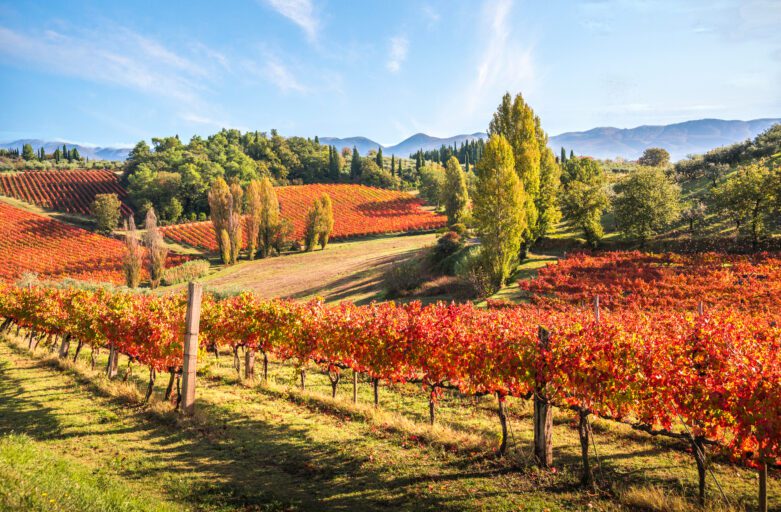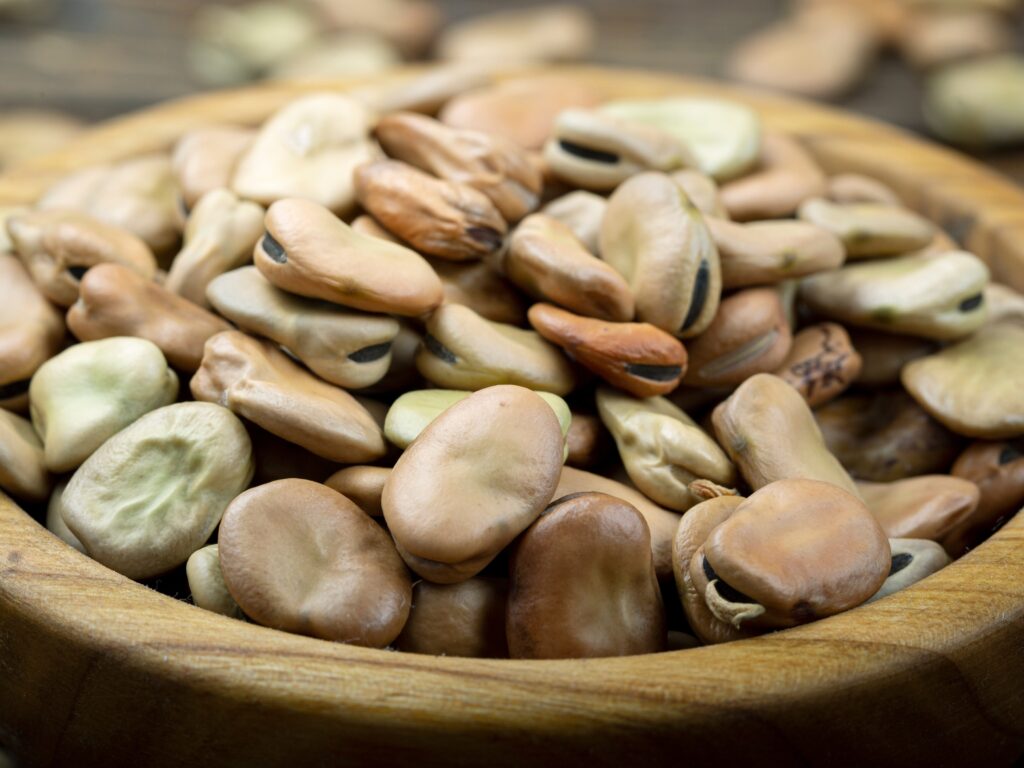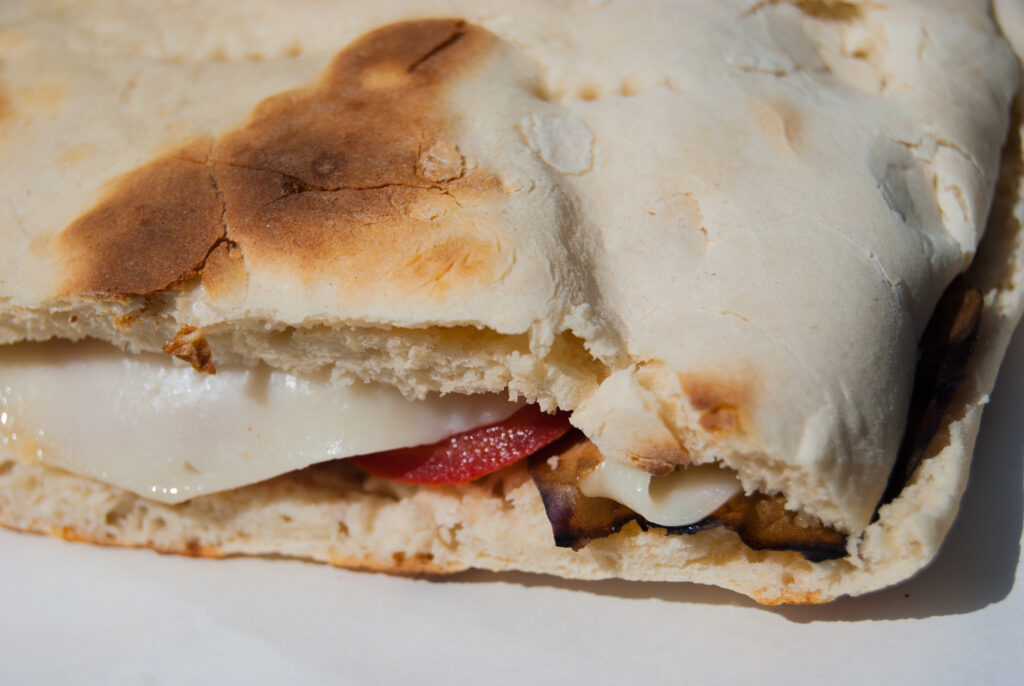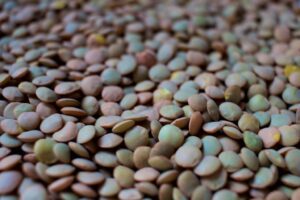Montefalco Sagrantino is one of the oenological products that most represent Umbria. Together with the Torgiano Rosso Riserva is one of the wines that has obtained the DOCG (Denominazione di Origine Controllata e Garantita – Controlled and Guaranteed Designation of Origin) European designation that guarantees the origin and quality of the product.
From Minor Asia to Umbria
The culture of wine in central Italy dates back to the Greeks; it is highly probable that the import of oenological production is owed to them, later passed down to Etruscan and Roman populations. However, it is believed that the variety of Montefalco Sagrantino grapes was imported by friars of the Franciscan Order from Minor Asia, where they used to go very often for evangelisation missions. The presence of this vine variety in the region is proved by a document of the XVI century found in Montefalco that contains the commission for the must of Sagrantino grapes. In addition, wine was important for the oenological culture of the territory, but also for its economic value. For this reason, an ordinance in the statute of the municipality of Perugia issued in 1622 by Cardinal Boncompagni, papal legate of the city, established that anyone caught in the act of cutting Sagrantino grapes would be sanctioned, up to and including the gallows.
In 1972, Montefalco has been recognised as an excellent territory for wine production. This recognition brought this wine to obtain the DOC product recognition on 30th October 1979 and the DOCG designation on 5th November 1992.
Types and culinary combinations
The production area of Sagrantino extends from the town of Montefalco (from which it takes its name) until the municipalities of Bevagna, Gualdo Cattaneo and Giano dell’Umbria.
From its grapes, it is possible to obtain a dry wine or sweet, the Passito. For both typologies, the ageing period of at least 37 months, with a ripening period of 4 months in the bottle. In particular, the production of the Sagrantino dry requires 12 months in oak barrels. It has a ruby red colour; the smell and the taste remind black fruits with nuances of medicinal herbs and tobacco. It is a wine combined with roasted red meat, wild game meat and seasoned cheese. The Passito, instead, has a rich ruby colour, fruity cherry aroma and is excellent in combination with pastry products.
Vivi l’Umbria insieme ai suoi protagonisti
Percorsi ed esperienze da scoprire per un’immersione nella cultura, nella natura e nei sapori umbri













